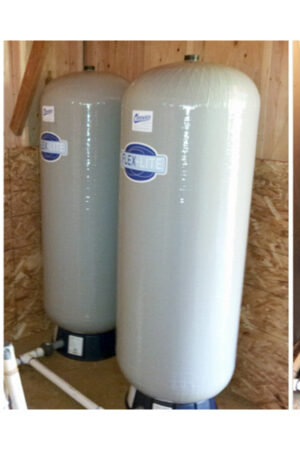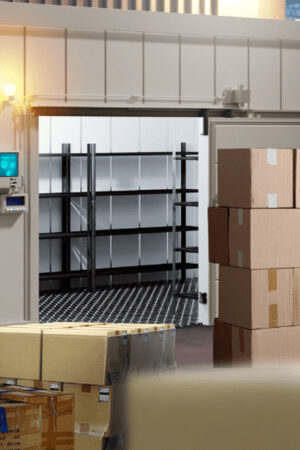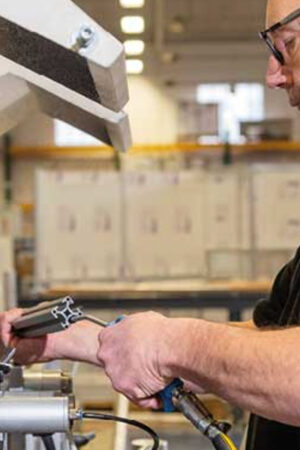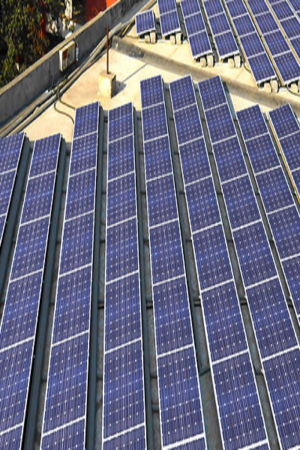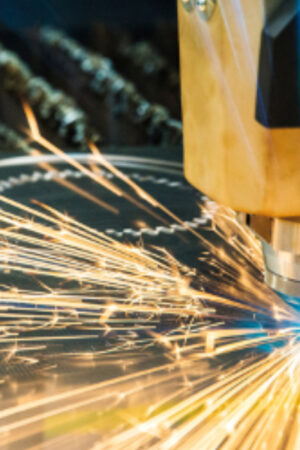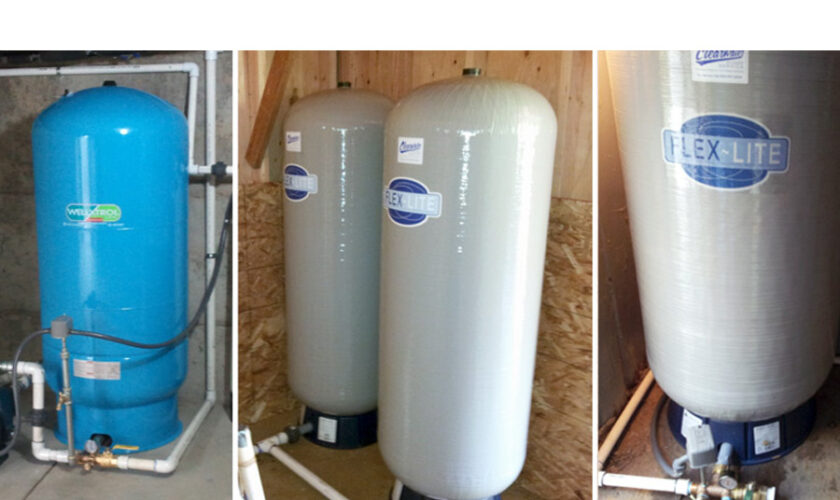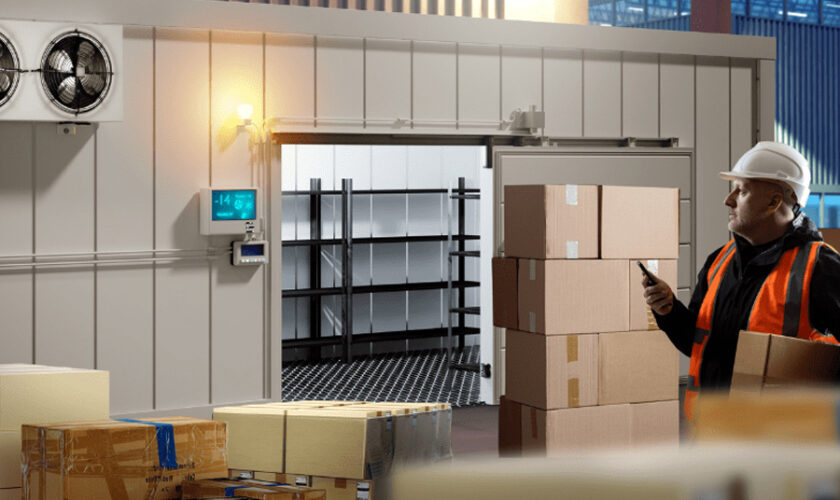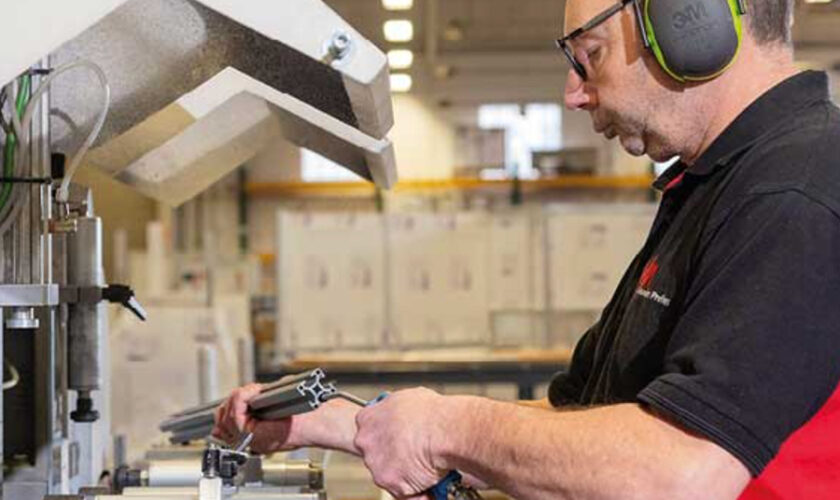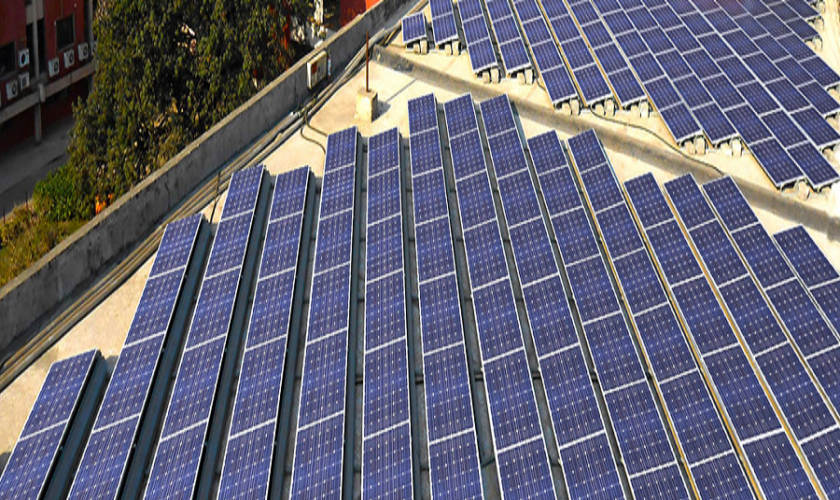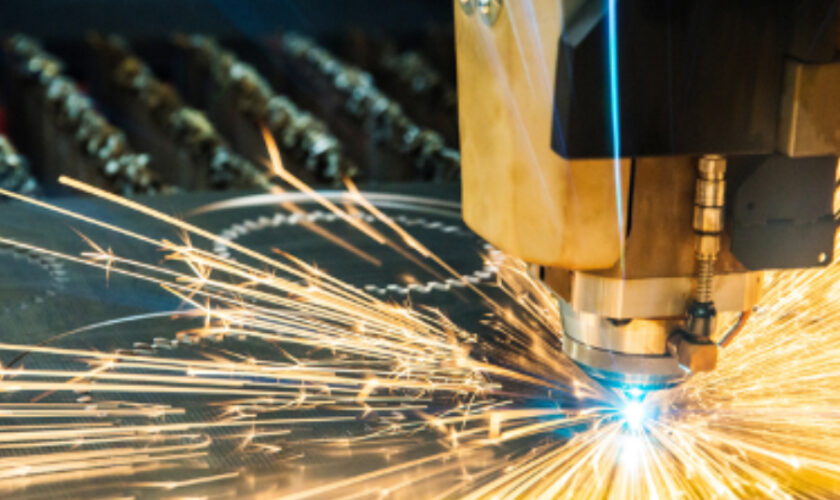Selecting the appropriate well pump supplier is a pivotal decision for homeowners, businesses, and agricultural operations. The performance of a water system directly influences accessibility, energy efficiency, and long-term operational reliability. Yet, achieving the ideal balance between cost and performance often presents a complex challenge. The right well pump and tanks not only guarantee a consistent water supply but also help keep maintenance and operating costs within reasonable limits. Whether addressing domestic needs or fulfilling large-scale agricultural demands, understanding how to balance these considerations ensures you make a choice that supports both immediate and future goals. This guide delves into the factors influencing water system selection, equipping you to make a well-informed decision.
Understanding System Types and Applications
The foundation of a successful selection process lies in recognizing the different water system types and their specific applications. Submersible systems, designed to operate underwater, excel in deep-source applications where efficiency and pressure are paramount. These systems provide dependable water delivery even from significant depths, making them indispensable for large properties or agricultural needs. Conversely, jet systems are tailored for shallower sources, offering cost-effective solutions with reliable output. These systems are particularly popular in residential settings due to their simplicity and affordability. For operations requiring substantial water volumes over extended distances, turbine systems offer unparalleled performance. Their robust design and high-capacity capabilities make them ideal for industrial and agricultural settings. Choosing the correct type hinges on understanding the depth of your water source, the volume required, and the specific demands of your application. Each system type presents unique advantages and limitations, so aligning these attributes with your goals is essential for achieving both cost-efficiency and peak performance.
Evaluating Energy Efficiency
Energy efficiency stands as a cornerstone of any water system’s overall value. Systems with higher efficiency ratings may initially come with a steeper price tag, but their ability to minimize energy consumption often results in significant long-term savings. Look for units equipped with advanced motor technologies such as variable speed drives, which adjust performance based on real-time demand. This innovation reduces unnecessary energy use, optimizing operational costs. Incorporating energy-efficient models into your selection process benefits more than just your budget—it contributes to broader sustainability efforts. Over time, the compounded savings on electricity costs validate the investment in high-efficiency systems, especially for applications requiring continuous or high-volume water delivery.
Considering Material and Durability
The longevity and reliability of a water delivery system heavily depend on its construction materials and durability. In environments with challenging water conditions—such as high mineral content, sediment, or sand—systems constructed from corrosion-resistant materials like stainless steel or advanced thermoplastics tend to outperform others. These materials resist wear and tear, reducing the frequency of maintenance and extending the system’s operational lifespan. Critical components such as seals, impellers, and bearings must also be scrutinized for quality and resilience. Systems designed with robust parts are less likely to suffer from breakdowns, even under demanding conditions. While durable systems may command a higher initial investment, they frequently offset these costs through reduced repair needs and longer service life. For users in rural or remote areas, where system reliability is paramount, prioritizing durability ensures consistent performance without interruptions caused by mechanical failures.
Balancing Cost and Long-Term Value
Though upfront costs are a significant factor in selecting a water delivery system, they only represent part of the equation. It is crucial to consider the long-term value the well pump and tanks offer. Budget-friendly options might appear attractive initially, but they often entail hidden costs such as frequent repairs, inefficiencies, or shorter lifespans. Conversely, higher-quality systems equipped with advanced features and durable construction may demand a larger initial investment but yield substantial savings in the long run. To effectively weigh these trade-offs, calculate the total cost of ownership, which encompasses purchase price, installation expenses, energy consumption, and anticipated maintenance. Systems with superior reliability and lower operational costs often justify their higher initial price, delivering unmatched value over their lifetime. Striking the right balance involves aligning your immediate budget constraints with your long-term expectations for performance and dependability.
The Role of Professional Guidance
Navigating the complexities of water system selection is made easier with professional advice. Consulting with experienced technicians or engineers can provide clarity on the specific requirements of your project. Professionals assess variables such as water demand, source characteristics, and energy constraints to recommend systems tailored to your needs. Additionally, they can offer insights into emerging technologies and installation best practices that enhance efficiency and cost-effectiveness. Partnering with knowledgeable individuals not only reduces the risk of selecting an ill-suited system but also ensures seamless integration into your existing infrastructure. Investing in professional guidance may entail additional costs upfront, but the long-term benefits of optimized performance and minimized issues make it a worthwhile consideration.
Choosing the right water delivery system involves a careful evaluation of multiple factors, from system types and energy efficiency to material durability and long-term cost implications. By understanding your specific requirements and balancing these elements, you can select a well pump supplier that provides reliable water delivery while optimizing both upfront and operational costs. Remember, the goal isn’t simply to find the cheapest option but to identify a system that offers durability, efficiency, and value over time. Whether for residential, commercial, or agricultural purposes, investing in the right water system is a step toward securing a steady and efficient supply for years to come. Taking the time to make an informed decision now ensures your system will meet your needs today and adapt to challenges in the future.

